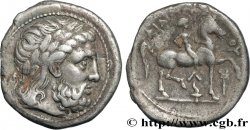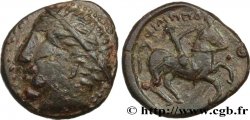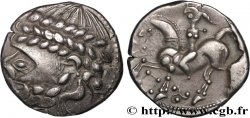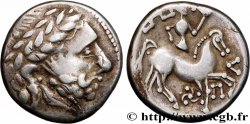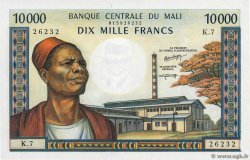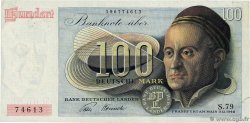bga_177709 - DANUBIAN CELTS - TETRADRACHMS IMITATIONS OF PHILIP II AND HIS SUCCESSORS Tétradrachme au cavalier, imitation de Philippe II
недоступный.
Товар уже продан в нашем интернет-магазине (2014)
Цена: : 200.00 €
Товар уже продан в нашем интернет-магазине (2014)
Цена: : 200.00 €
Тип Tétradrachme au cavalier, imitation de Philippe II
Дата: (IIe-Ier siècles avant J.-C.)
Металл: silver
Диаметр: 26,5 mm
Ориентация осей монеты: 10 h.
Вес: 13,52 g.
Редкость: R2
Комментарии о состоянии
Monnaie complète et frappée sur un flan large. Les reliefs sont émoussés par une usure assez marquée. Le flan est coupé d'un important coup de burin. Sinon, patine grise de collection ancienne
Ссылки в каталоге: :
Происхождение:
C’est le n° 681 de MONNAIES 53
Лицевая сторона
Аверс: легенда: ANÉPIGRAPHE.
Аверс: описание: Tête laurée de Zeus à droite ; grènetis.
Обратная сторона
Реверс: Описание: Cavalier au pas à gauche, tenant une palme de la main droite ; le cheval lève l'antérieur à droite ; entre les jambes du cheval, I et E.
Реверс: легенда: FILP - L.
Комментарий
Si le statère d’or de Philippe II de Macédoine a servi de prototype à de nombreuses imitations gauloises, le tétradrachme n’a pas été imité en Gaule, mais reste le principal sujet d’inspiration des monnaies pour les Celtes du Danube (LT. 9697-9767, 9768-9832, 9618-9630, 9870-9886). Les premières imitations furent frappées dans le premier quart du IIIe siècle avant J.-C. La fabrication des copies serviles, puis des imitations, enfin des frappes celtiques continuèrent pendant plus de deux siècles.
Le revers avec le cheval à gauche semble moins courant dans les imitations de Philippe II que ceux avec le cheval à droite. Sur cet exemplaire, la légende est rétrograde et erronée, avec FILP - L.
Le revers avec le cheval à gauche semble moins courant dans les imitations de Philippe II que ceux avec le cheval à droite. Sur cet exemplaire, la légende est rétrograde et erronée, avec FILP - L.







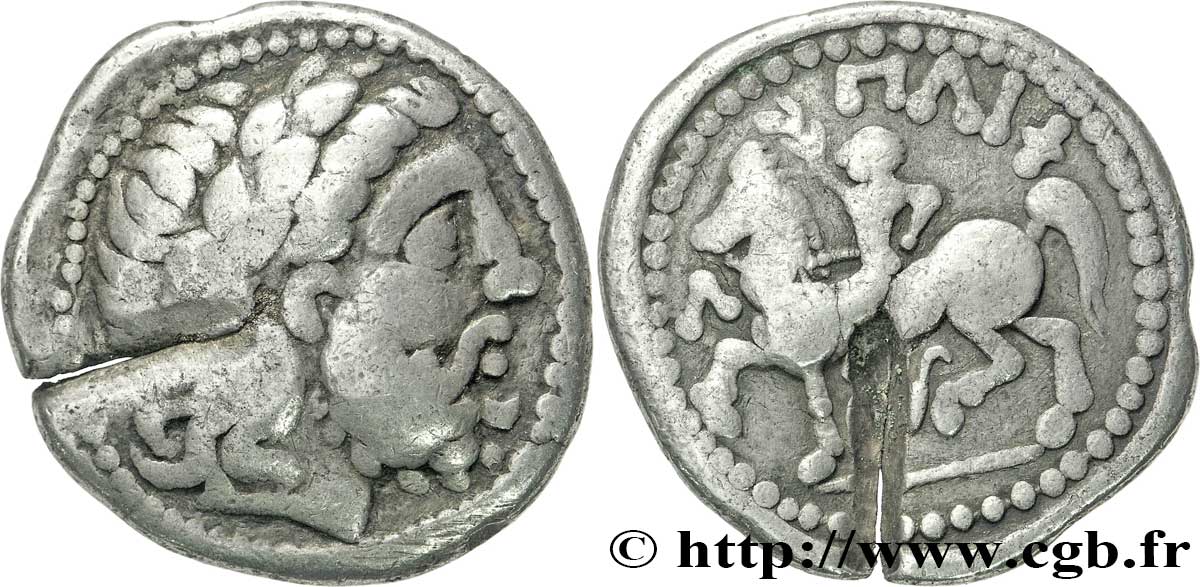
 Cообщить об ошибке
Cообщить об ошибке Распечатать страницу
Распечатать страницу Отправить мой выбор
Отправить мой выбор Задать вопрос
Задать вопрос Consign / sell
Consign / sell
 Информация
Информация